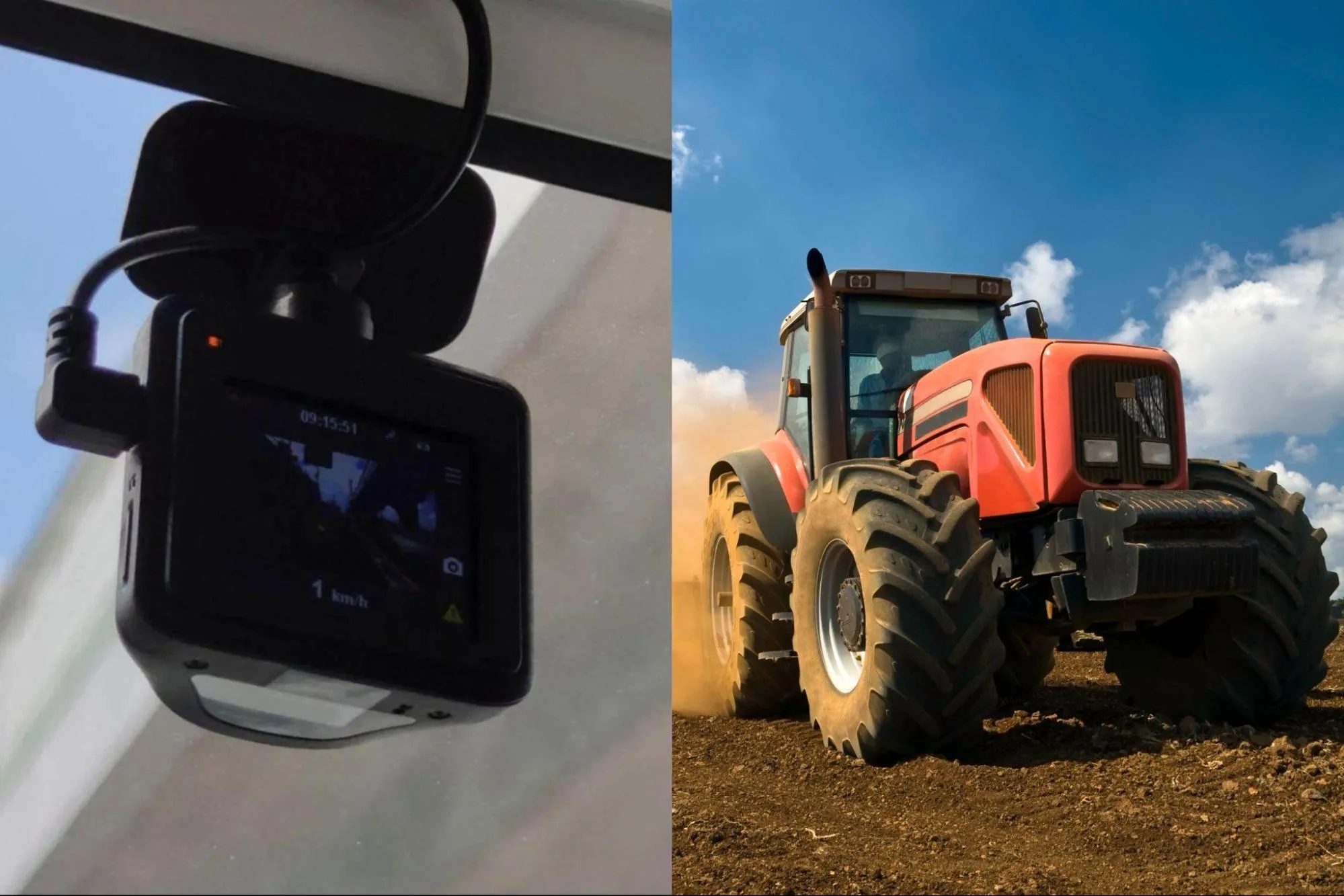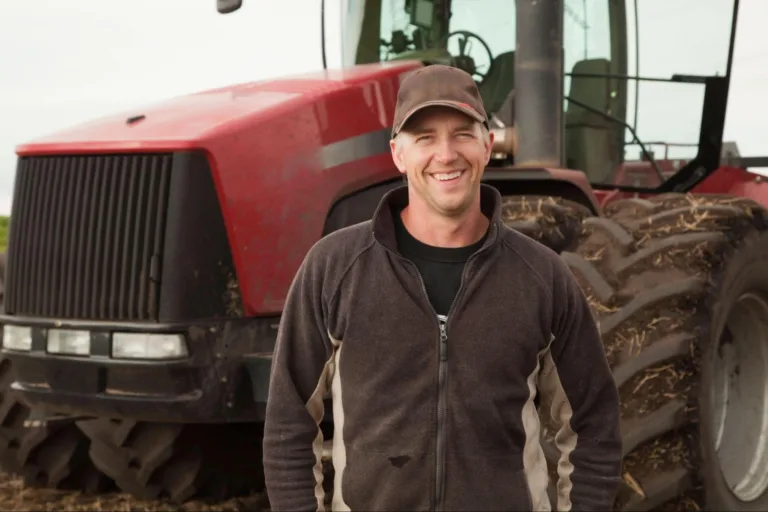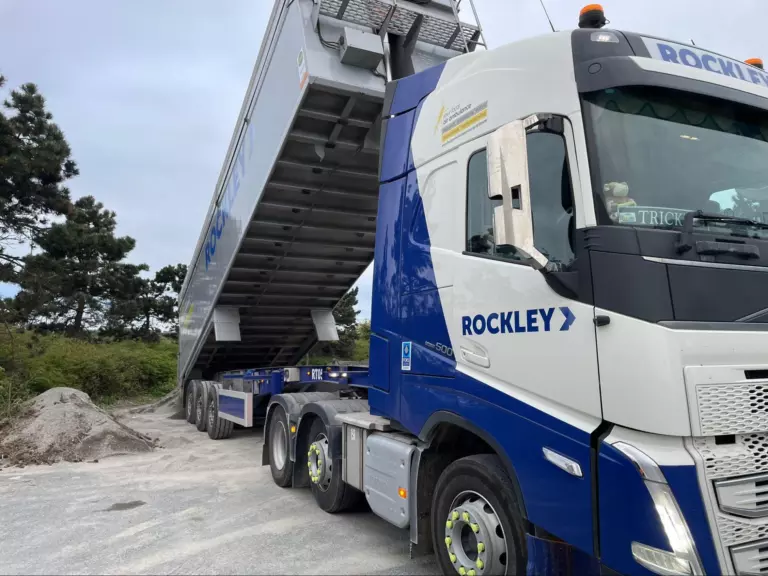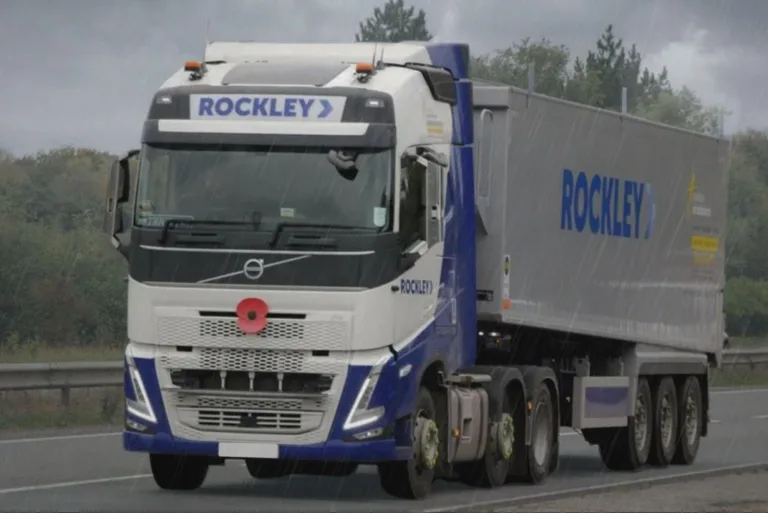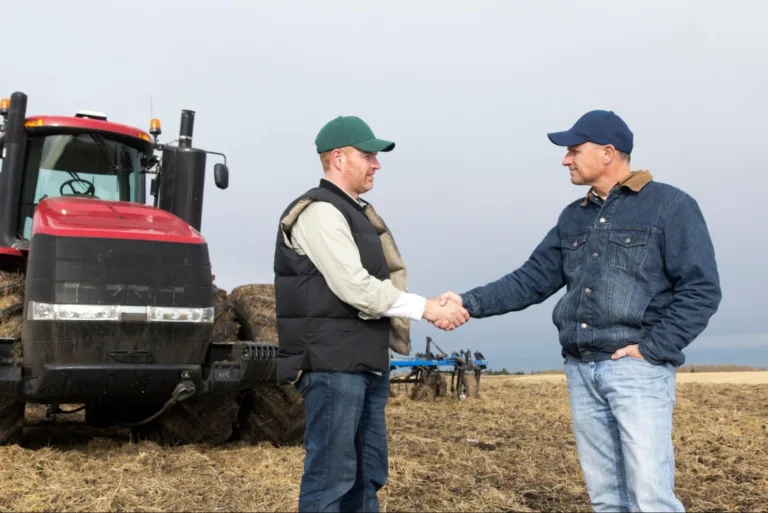The Intersection of Technology and Agriculture: Innovations Shaping Haulage Services
The boost in technology in the agricultural sector is transforming the way goods are transported, particularly in haulage services. With enhancements in automation, data analytics, and smart logistics, the agricultural supply chain has become more efficient and streamlined.
Before, the transportation of agricultural produce solely relied on manual labour, conventional transportation methods, and lengthy processes, which often resulted in delays, wastage, and increased costs. However, with the rise of innovative technologies such as GPS tracking, fleet management software, and predictive analytics there has been a significant change in the sector.
These technologies not only ensure faster and more reliable transportation of agricultural goods but also help reduce operational costs and environmental impacts. As the world continues to face challenges like food security and climate change, the intersection of technology and agriculture offers promising solutions.
In this blog, explore how technological innovations are shaping haulage services, leading to a more connected and sustainable agricultural industry for the future.
Importance of Technology Integration in Haulage Services
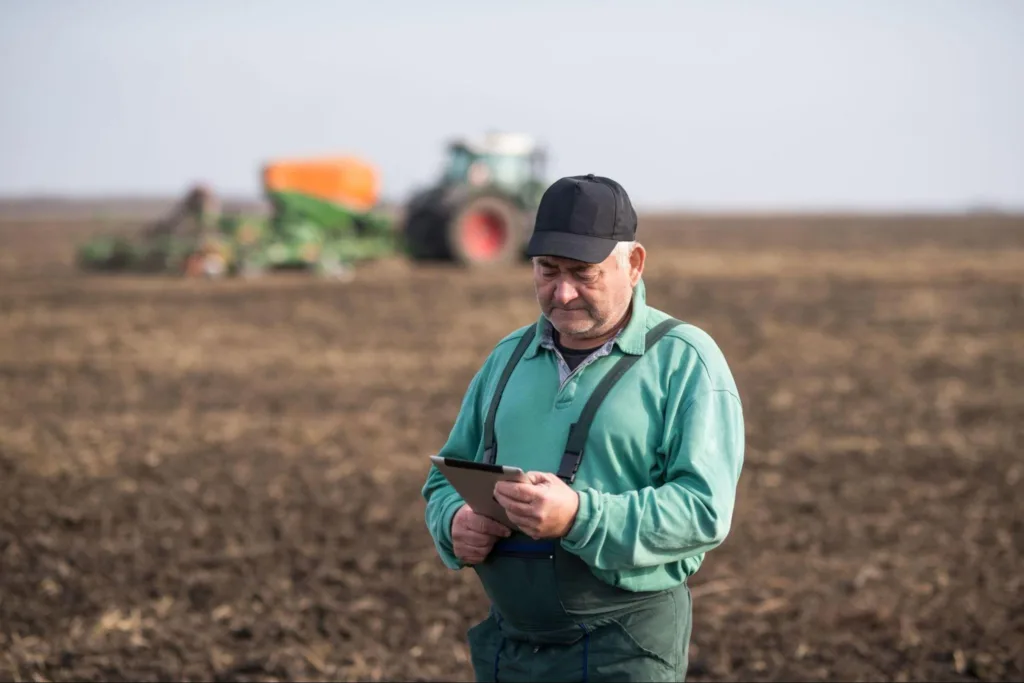
Technology integration is important for the haulage industry as it improves efficiency, reduces costs, and improves overall service quality. With the increasing demands for faster, more reliable deliveries and the need to comply with stringent environmental regulations, technology offers solutions to meet these challenges head-on.
Evolution of Haulage in the Agricultural Sector
With the introduction and constant upgrades in haulage services innovations, the agricultural industry has witnessed a great shift from traditional haulage methods to technology integrated haulage services.
Traditional Haulage Methods
If we look at the past, agricultural transportation relied heavily on manual labour and animal-powered carts, which, while effective in small-scale farming, limited efficiency in moving large volumes of produce. These traditional methods were slow and labour-intensive, often leading to delays in getting fresh crops to markets.
Challenges in Agricultural Transportation
With the expansion in agricultural production, the complexity of transporting goods also increased. Poor infrastructure, unpredictable weather conditions, and long distances between farms and markets became significant obstacles. These challenges not only caused delays but also contributed to losses post-harvest, reducing the overall profitability for farmers.
The Need for Technological Innovation
To address these challenges, the agricultural sector has increasingly embraced technological advancements. The introduction of mechanised transport, GPS tracking, and automated systems has streamlined logistics, resulting in reduced delivery time and improved efficiency of agricultural haulage. This innovation is essential for ensuring timely distribution, preserving produce quality, and supporting the growing demand for agricultural products.
Innovations that are Shaping Haulage Services in Agriculture
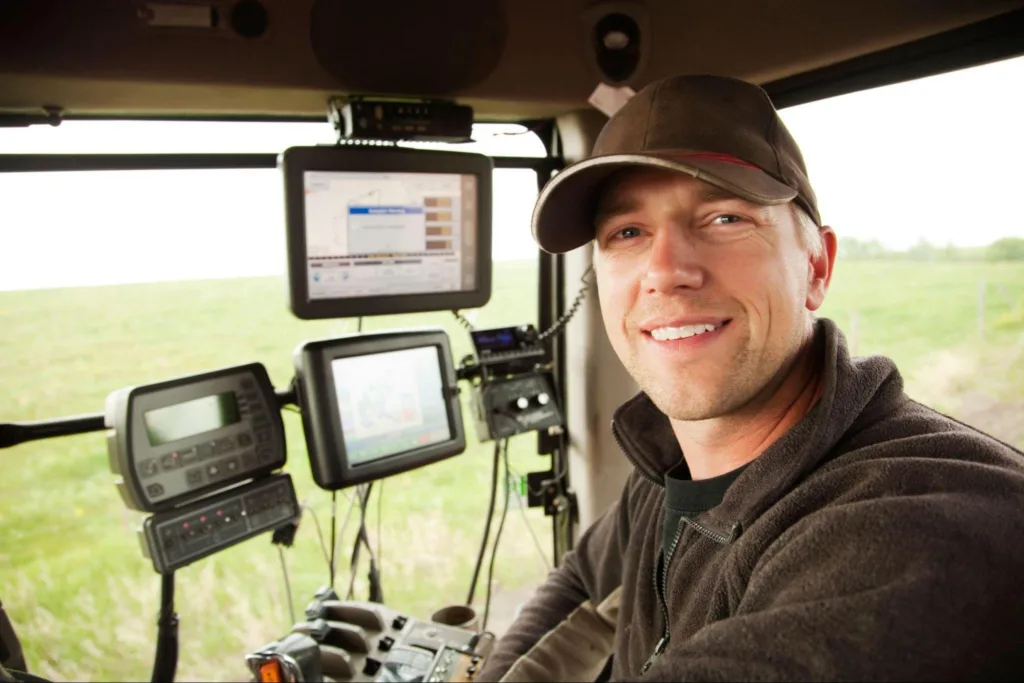
- Real-time Tracking and Monitoring
With the integration of GPS technology, the haulage system has been revolutionised to a great extent, as it provides real-time tracking and helps you monitor the vehicles. With such haulage services innovations, the haulage companies can now keep a constant tab on the location of their vehicles, making sure that the products are delivered on time, increasing the transparency in their operations.
This not only enhances efficiency but also improves communication with customers, as they can receive accurate updates on their deliveries.
- Efficient Route Planning
With the help of haulage services innovations such as GPS, haulage services can analyse traffic patterns, road conditions or any other factors that can cause delays. This helps them plan their delivery route efficiently to make sure that the deliveries are made on time and the overall productivity improves.
- Reducing Fuel Consumption and Emissions
With efficient real-time tracking systems integrated in haulage vehicles, it is easy to choose the fastest and less time-consuming journeys, which helps in reducing the fuel consumption and cut costs for haulage companies. Apart from this, it also helps in contributing to lower carbon emissions. This environmentally-friendly approach aligns with sustainability goals, helping the industry reduce its carbon footprint while enhancing profitability.
- Electric and Alternative Fuel Vehicles
Apart from haulage services innovations, there are electric and alternative fuel-powered vehicles that are reshaping the haulage industry’s environmental footprint. With the push towards reducing emissions and meeting stricter government regulations, haulage companies are increasingly adopting electric trucks, hydrogen fuel cell vehicles, and biofuel-powered lorries.
These haulage services innovations not only help reduce carbon emissions, but also lower operational costs by reducing reliance on traditional diesel fuel.
- Digital Platforms and Blockchain Technology
The haulage services innovations are transforming the haulage industry by enhancing transparency, security, and efficiency in the supply chain. Blockchain enables secure, tamper-proof tracking of goods from origin to destination, providing real-time verification of shipments and reducing the risk of fraud or delays. On the other hand, digital freight platforms streamline the booking and scheduling process, allowing companies to connect with available hauliers instantly, optimise load management, and reduce empty return journeys, boosting efficiency and cutting costs.
- Drones for Field-to-Transport Connectivity
Drones are becoming a valuable tool in agricultural haulage, as they are providing real-time monitoring of crops and also guiding transport vehicles to specific areas for loading. Drones, equipped with sensors, can help to optimise routes for haulage vehicles based on terrain, crop yield, or field conditions, reducing transport time and improving overall efficiency in the supply chain.
- Automation & Autonomous Vehicles
Automation, including the development of autonomous haulage vehicles, is transforming the future of logistics. While still in the early stages, self-driving trucks and AI-powered automation systems are being tested to improve long-haul transportation efficiency. Automated systems also streamline warehouse operations, with innovations like automated loading and unloading, which save time and reduce the risk of human error, enhancing overall supply chain efficiency.
- AI-Powered Haulage Vehicle Maintenance
Artificial Intelligence (AI) is revolutionising vehicle maintenance in agricultural haulage. By analysing data from sensors embedded in trucks and trailers, AI can predict mechanical issues before they occur, allowing for timely maintenance and repairs. This reduces the risk of unexpected breakdowns, prolongs vehicle life, and minimises downtime during critical agricultural transport periods, ultimately boosting efficiency and lowering operating costs for farmers and logistics providers.
Conclusion
The integration of technology in the haulage industry is bringing a transformation that is addressing the challenges of modern logistics. As demands for faster, more efficient deliveries grow, alongside the need to reduce environmental impacts and manage operational costs, technology has emerged as the key enabler of progress. Haulage services innovations such as real-time tracking, telematics systems, and AI-powered predictive maintenance are allowing haulage companies to optimise their operations, minimise downtime, and ensure the safety and longevity of their fleets. This not only reduces costs but also improves customer satisfaction by providing more accurate and reliable delivery times.
Moreover, the transition towards greener technology is important for the haulage industry’s sustainability. Electric and hybrid vehicles, along with ultra-low emission alternatives, are helping haulage companies reduce their carbon footprint and comply with stricter environmental regulations.
The growing adoption of automation, including the use of autonomous vehicles and drones, presents further opportunities for revolutionising haulage operations. These technologies offer the potential to enhance precision, improve delivery speeds, and reduce dependence on human labour, addressing critical challenges such as driver shortages and inefficiencies in last-mile logistics.
Technology integration also plays a pivotal role in boosting transparency and security across the supply chain. Blockchain and smart logistics platforms enable greater visibility and traceability of goods, giving both companies and consumers confidence in the integrity of the products being transported.
The future success of the haulage industry will depend on how well it adopts these haulage services innovations. Companies that invest in and adapt to new technologies will be better positioned, ensuring long-term growth and sustainability.
